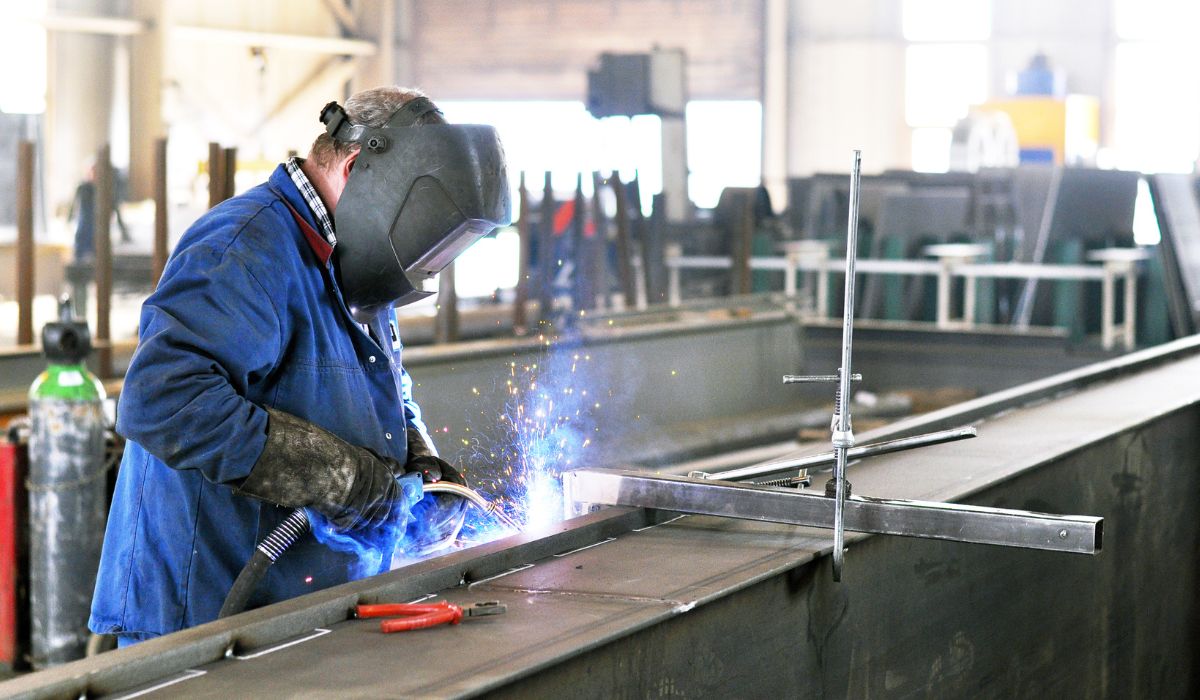- 01562744788
- enquiries@central-profiles.co.uk
- Mon - Fri: 8am - 5pm

Metal can be precisely machined into the required final product using precision mechanics. But which metals are most frequently employed in precision mechanics?
The unusual traits of the metals most frequently employed in precision mechanics are listed below.
Aluminium
Brass
Copper
Stainless Steel
The basics of metalworking
Choosing the Metal Work will be the first and most crucial stage in metalworking. The effectiveness of the task will depend on how well you can determine the type of metal. Some metals are considered “soft”. Examples include aluminium, brass, and copper, often referred to as non-ferrous metals or alloys. They are easily machined and can be cut at high speeds without significant tool wear. Softer metals, therefore, can be milled using higher feeds and speeds. Soft metals can be machined to incredibly close tolerances and produce a high-quality surface finish under the right circumstances. They might be vulnerable to scratching because of how pliable they are. Due to this, it is important to take care when processing them to reduce surface abrasions.
Harder metals come in varieties. This category comprises several steel forms: carbon steel, special steel, tool steel, and stainless steel. Materials like titanium, iron, manganese, and chromium are examples of other hard metals. Because each of these metals responds differently to production and might be challenging to machines, it is crucial to modify the tools and feed rates. Harder Metals must be cut at reduced feed rates, significantly reducing tool wear.
It is always preferable to start slowly with speeds and feeds when cutting metal that you are unfamiliar with. This will give you more room to work with when you need to adjust cutting speeds, which will reduce waste material and tool wear.
Metal and heat in fine mechanics
We started out in 1999 and have grown continually through an ongoing investment in machinery, software and people, even during the downturn.
© 2021 Central Profiles. All Rights Reserved. Website by Freestart Digital
